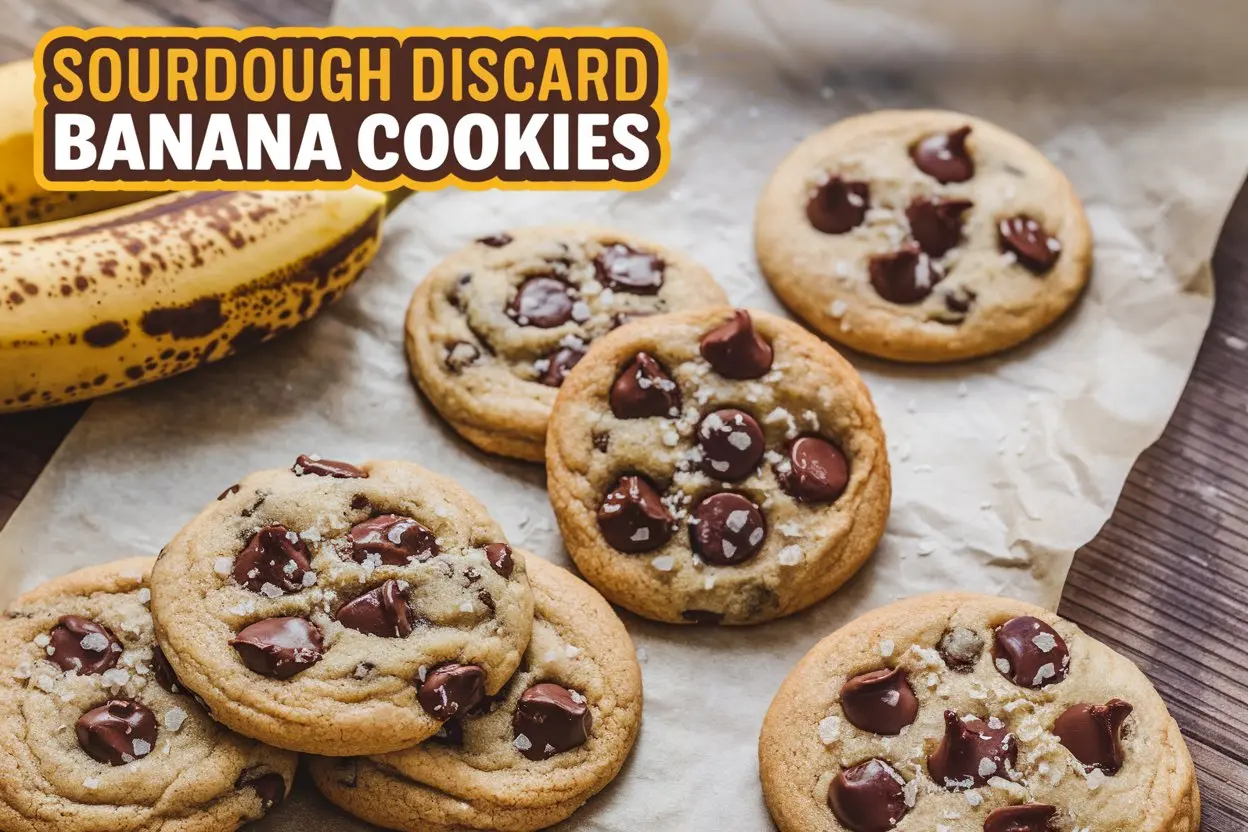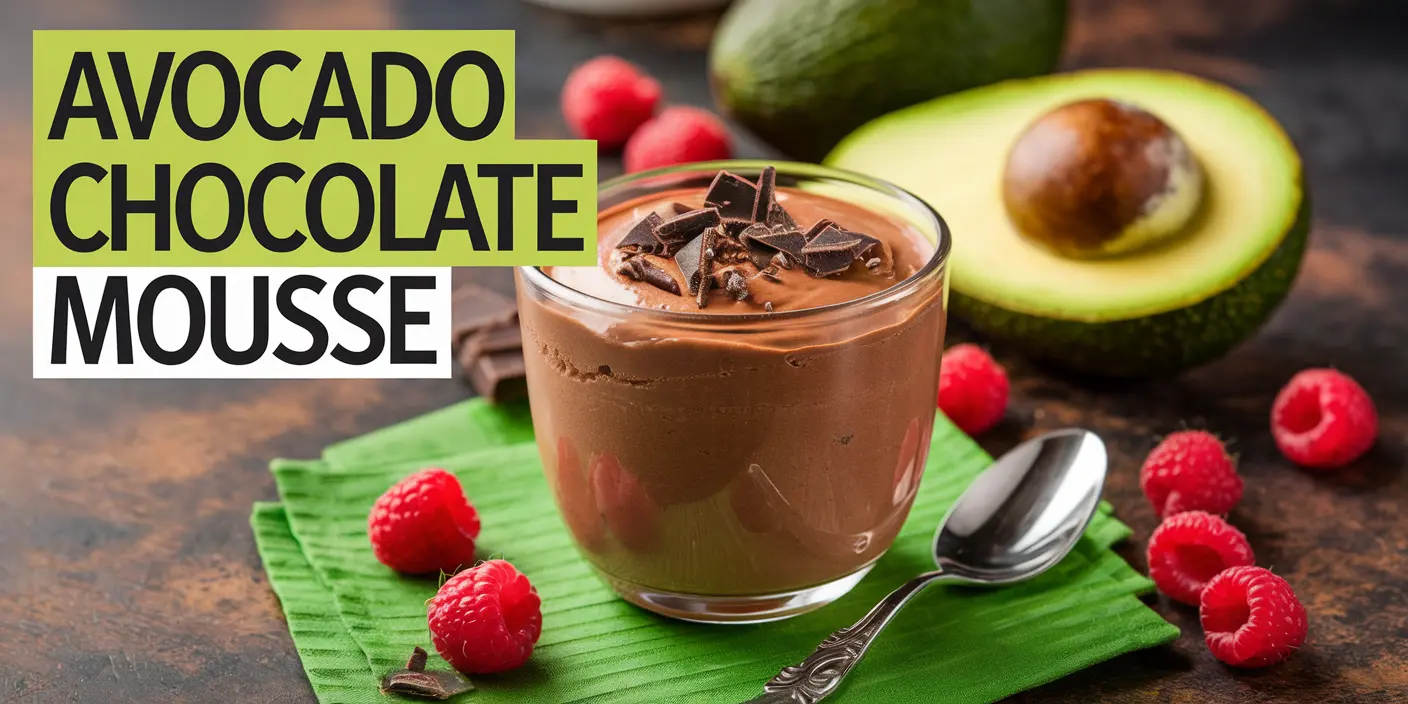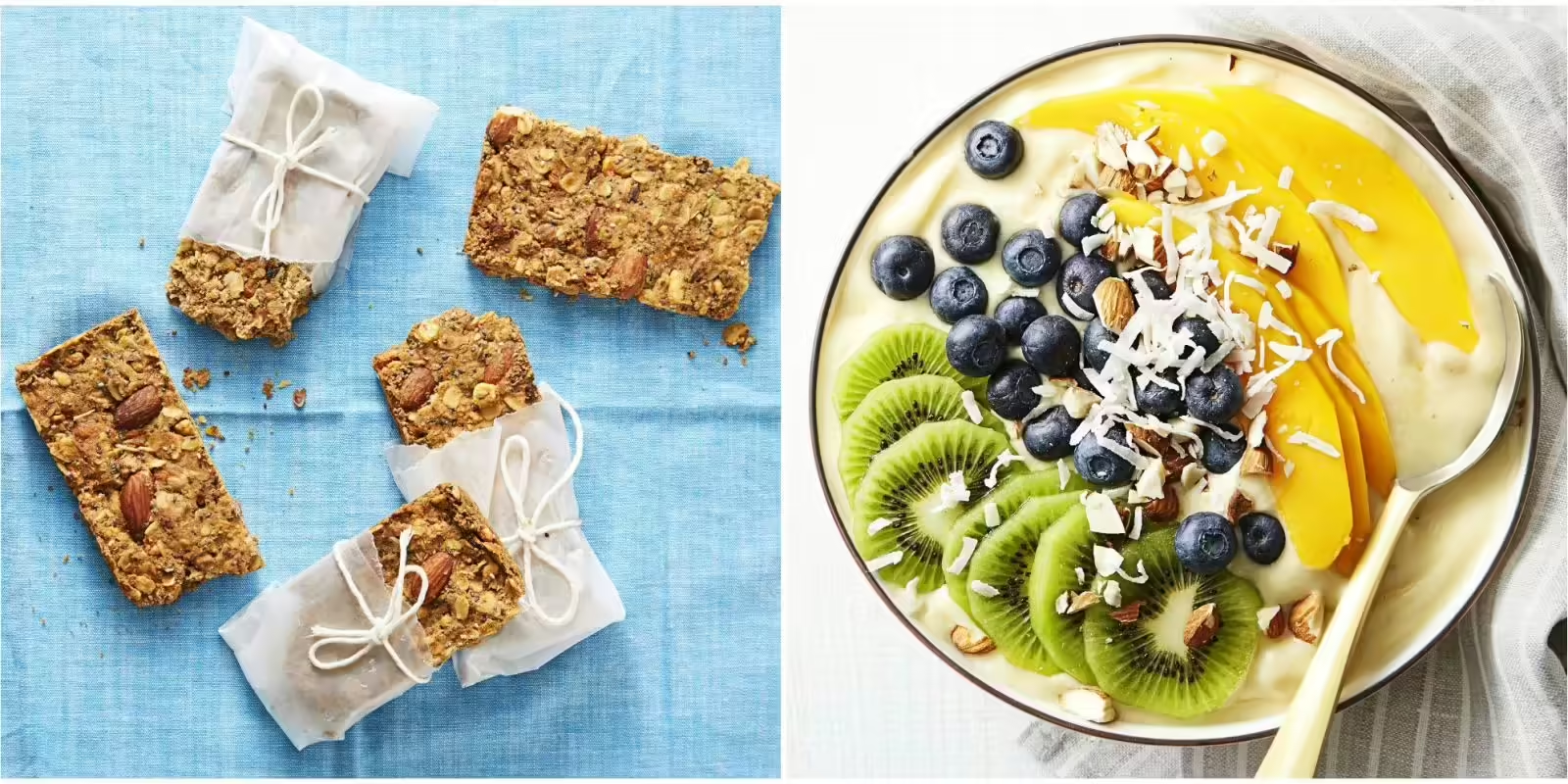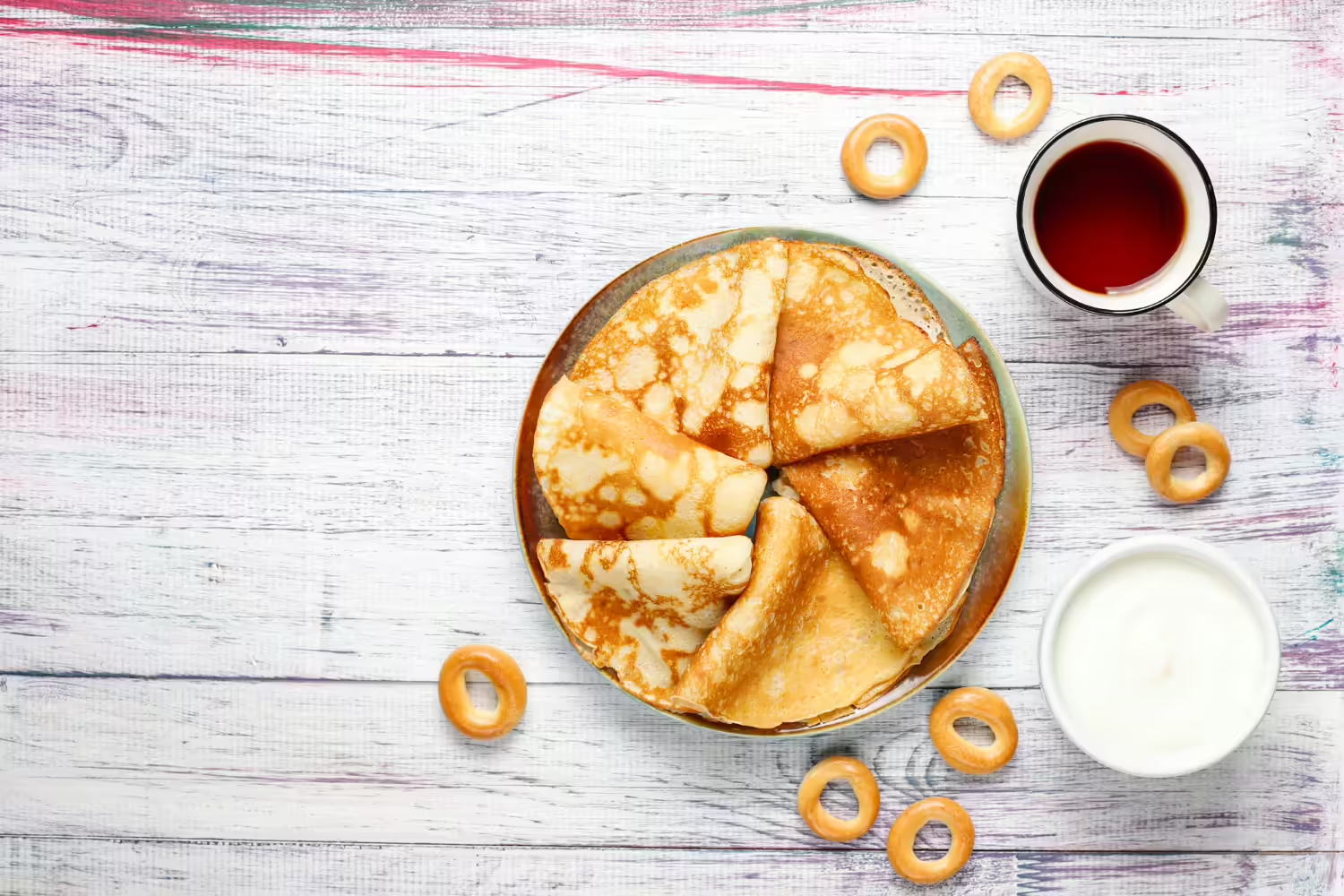
Ah, pancakes! The mere mention of them brings back memories of lazy Sunday mornings and cozy breakfasts. But when we talk about pancakes, we’re not just talking about the fluffy American style that you might be used to. No, today we’re delving into the charming world of British pancakes. If you’ve ever wondered, “What are British pancakes made of? | Easy Traditional recipe,” you’re in the right place. Let’s get started on this delicious journey.
The Historical Significance of British Pancakes
Shrove Tuesday, the day before Ash Wednesday, marks the beginning of Lent. Historically, it was a day for using up rich ingredients like eggs and butter before the Lenten fast. This tradition gave rise to the practice of making pancakes, which remain a cherished custom in the UK.
Key Differences Between British and American Pancakes
Texture and Ingredients
American pancakes are thick and fluffy, thanks to the inclusion of a raising agent like baking powder. British pancakes, however, are closer to French crepes but slightly thicker and smaller. They do not contain a raising agent, resulting in a more delicate texture.
Serving Style
American pancakes are often served stacked with a variety of toppings such as syrup, fruit, and whipped cream. British pancakes are typically rolled or folded and enjoyed with simple toppings like lemon juice and sugar.
Ingredients: Simple Yet Essential
So, what are British pancakes made of? | Easy Traditional recipe incoming! Here’s a quick look at the ingredients you’ll need:
- Flour: Plain, all-purpose flour works best.
- Eggs: The binding agent that brings everything together.
- Milk: Whole milk is preferred for richness, but you can use semi-skimmed if you prefer.
- Water: Just a splash to get the batter to the right consistency.
- Salt: A pinch to enhance flavor.
- Butter: For cooking, to give the pancakes that lovely golden color.
And that’s it! Simple, right? Now, let’s dive deeper into each ingredient and why it’s essential.
Flour
Plain flour is the backbone of your pancake. It gives structure and substance, forming the canvas upon which all other flavors will be painted. Make sure to sift it to avoid lumps in your batter.
Eggs
Eggs act as the glue that holds your pancake together. They add richness and help the pancake maintain its shape. For the best results, use room temperature eggs.
Milk
Milk provides moisture and adds to the creamy texture of the pancake. Whole milk is ideal because it gives a richer flavor, but you can use semi-skimmed or even non-dairy milk if that’s what you prefer.
Water
A little water helps to thin the batter just enough, making it easier to spread in the pan.
Salt
Just a pinch of salt is all you need to bring out the flavors of your ingredients. It might seem trivial, but don’t skip it!
Butter
Butter is essential for cooking the pancakes. It not only prevents sticking but also gives the pancakes a beautiful golden color and a slight crispiness on the edges.

Mixing It Up: The Batter
Making the batter is straightforward. Follow these steps, and you’ll have a smooth, lump-free batter in no time.
- Sift the Flour: Start by sifting your flour into a large mixing bowl. This step is crucial for a smooth batter.
- Add Salt: Throw in a pinch of salt and mix it through.
- Make a Well: Create a well in the center of your flour mixture.
- Crack the Eggs: Crack your eggs into the well.
- Start Whisking: Begin whisking the eggs, gradually incorporating the flour from the edges.
- Add Milk and Water: Slowly add the milk and water, whisking continuously until you have a smooth, runny batter.
- Rest the Batter: Let the batter rest for at least 30 minutes. This allows the gluten to relax and results in a more tender pancake.
Cooking Up Perfection
Now comes the fun part – cooking your pancakes! Here’s how you do it:
- Heat the Pan: Use a non-stick frying pan and heat it over medium-high heat.
- Add Butter: Melt a small knob of butter in the pan.
- Pour the Batter: Pour a ladleful of batter into the pan, swirling it around to cover the base.
- Cook Until Golden: Cook for about 1-2 minutes until the edges start to lift and the bottom is golden brown.
- Flip: Flip the pancake using a spatula and cook for another minute.
- Repeat: Continue with the rest of the batter, adding more butter as needed.
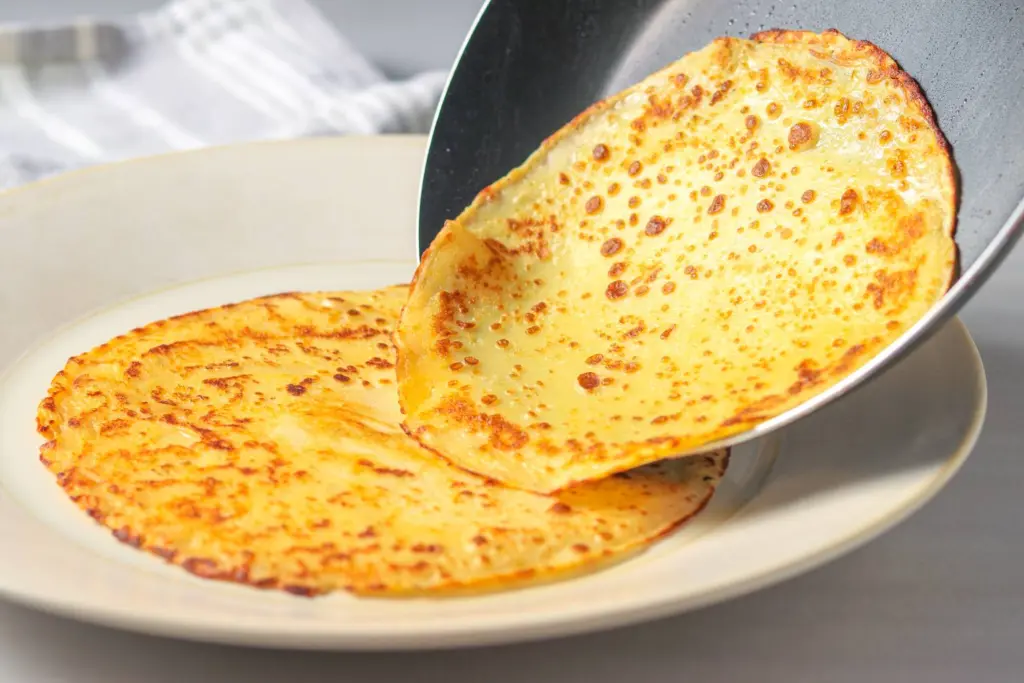
Serving Suggestions
British pancakes are incredibly versatile. Here are some classic and modern serving ideas:
- Traditional Lemon and Sugar: A squeeze of fresh lemon juice and a sprinkle of sugar.
- Jam or Marmalade: Spread with your favorite jam or marmalade for a sweet treat.
- Nutella and Banana: For the chocolate lovers, slather on some chocolate and add sliced bananas.
- Savory Fillings: Try cheese, or sautéed mushrooms and spinach for a savory twist.
Tips for Perfect Pancakes
- Consistency: The batter should flow easily but not be too thin. Adjust with a little extra milk if necessary.
- Keeping Warm: Keep cooked pancakes warm by placing them under a folded dishcloth. Stack them as you go.
- Reheating: Reheat gently in a skillet or briefly in the microwave, covered with kitchen paper to prevent drying out.
Nutritional Information
Each serving (approx. 2 pancakes) contains:
- Calories: 181 kcal
- Carbohydrates: 24g
- Protein: 8g
- Fat: 6g
- Saturated Fat: 3g
- Cholesterol: 92mg
- Sodium: 80mg
- Potassium: 141mg
- Fiber: 1g
- Sugar: 3g
- Vitamin A: 261IU
- Calcium: 86mg
- Iron: 2mg
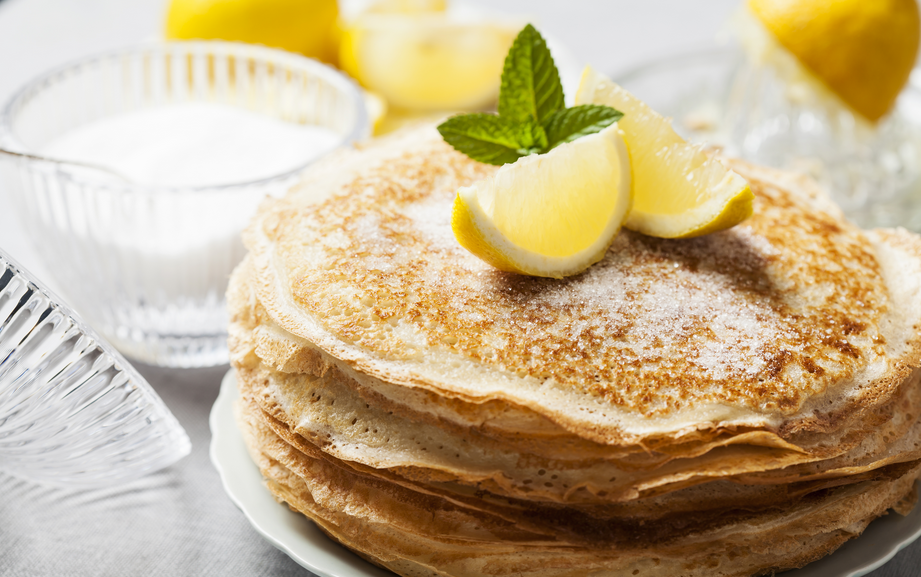
British pancakes might be simpler than their American counterparts, but they’re packed with charm and versatility. Whether you’re enjoying them with a squeeze of lemon and a sprinkle of sugar or getting creative with savory fillings, these pancakes are sure to become a favorite in your home. Now that you know “What are British pancakes made of? | Easy Traditional recipe,” it’s time to grab your whisk and frying pan and start flipping!
So, what are you waiting for? Dive into the delightful world of British pancakes and enjoy the simple pleasure of this timeless treat. Happy cooking!

